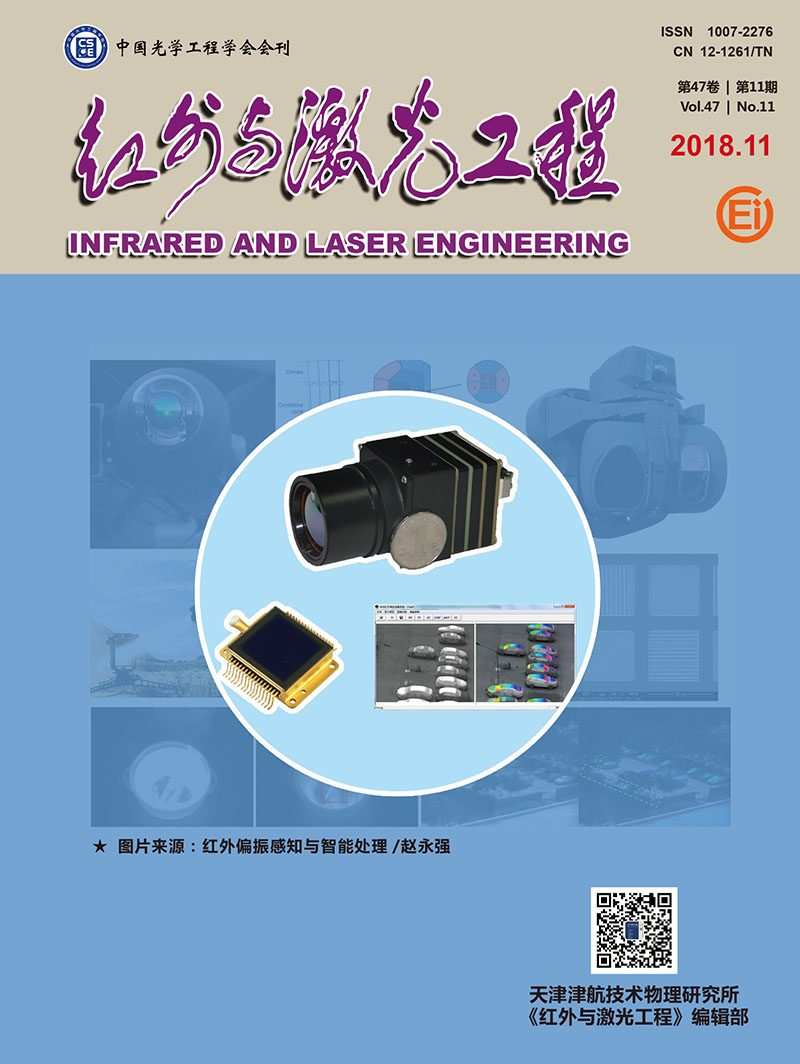|
[1]
|
Happer W, MacDonald G. JASON Report JSR-82-106[R]. MITRE Corp., 1983. |
|
[2]
|
Rodenburg B, Mirhosseini M, Malik M, et al. Simulating thick atmospheric turbulence in the lab with application to orbital angular momentum communication[J]. New Journal of Physics, 2014, 16(3):033020. |
|
[3]
|
Foy R, Labeyrie A. Letter to the editor feasibility of adaptive telescope with laser probe[J]. Astronomy Astrophysics, 1985, 152:29-31. |
|
[4]
|
Yan Zhaojun, Yang Pengqian. Simulation of layer oriented multi-conjugate adaptive optics[J]. Infrared and Laser Engineering, 2016, 45(9):0918005. (in Chinese) |
|
[5]
|
Fried D L. Focus anisoplanatism in the limit of infinitely many artificial-guide-star reference spots[J]. Journal of Optical Society of America A, 1995, 12(5):939-949. |
|
[6]
|
Tyson R K. Principles of Adaptive Optics[M]. Boca Raton:CRC Press, 2007. |
|
[7]
|
Wang Feng, Ye Yidong, Hu Xiaoyang, et al. Analysis of saturation of sodium laser guide star[J]. Infrared and Laser Engineering, 2012, 41(6):1471-1476. (in Chinese) |
|
[8]
|
Jia Shui. Sodium laser guide star technique in adaptive imaging[J]. Laser Optoelectronics Progress, 2002, 39(4):10-13. (in Chinese) |
|
[9]
|
Butterley T, Buscher D F, Love G D, et al. Sky-projected shack-hartmann laser guide star[C]//Proceedings of SPIE Astronomical Telescopes+ Instrumentation. International Society for Optics and Photonics, 2004:966-973. |
|
[10]
|
Butterley T, Love G, Wilson R, et al. A shack-hartmann wavefront sensor projected on to the sky with reduced focal anisoplanatism[J]. Monthly Notices of the Royal Astronomical Society, 2006, 368(2):837-843. |
|
[11]
|
Lu Y H, Xie G, Zhang L, et al. High-energy all-solid-state sodium beacon laser with line width of 0.6 GHz[J]. Applied Physics B, 2015, 118(2):253-259. |
|
[12]
|
Denman C A, Drummond J D, Eickhoff M L, et al. Characteristics of sodium guidestars created by the 50-watt FASOR and first closed-loop AO results at the starfire optical range[C]//Proceedings of SPIE Astronomical Telescopes+ Instrumentation. International Society for Optics and Photonics, 2006, 62721L:62721L-1-12. |
|
[13]
|
Gilles L, Ellerbroek B. Shack-hartmann wavefront sensing with elongated sodium laser beacons:centroiding versus matched filtering[J]. Applied Optics, 2006, 45(25):6568-6576. |
|
[14]
|
Zhang Qiang, Jiang Wenhan, Xu Bing. Reconstruction of turbulent optical wavefront realized by Zernike polynomial[J]. Opto-Electronic Engineering, 1998, 25(6):15-19. (in Chinese) |
|
[15]
|
Schmidt J D. Numerical Simulation of Optical Wave Propagation with Examples in MATLAB[M]. US:SPIE Press, 2010. |
|
[16]
|
Qian Xianmei, Zhu Wenyue, Rao Ruizhong. Phase screen distribution for simulating laser propagation along an inhomogeneous atmospheric path[J]. Acta Physica Sinica, 2009, 58(9):6633-6639. (in Chinese) |
|
[17]
|
Johansson E M, Gavel D T. Simulation of stellar speckle imaging[R]. Lawrence Livermore National Lab., CA, 1994. |
|
[18]
|
Parenti R R, Sasiela R J. Laser-guide-star systems for astronomical applications[J]. Journal of Optical Society of America A, 1994, 11(1):288-309. |









 DownLoad:
DownLoad: